3 keys to understand how the country managed to contain the contagion despite being in the "world epicenter" region of the pandemic
Angelo Attanasio BBC News World
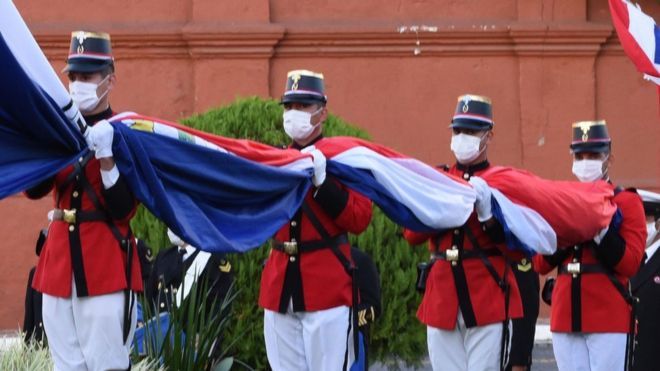
GETTY IMAGES - Paraguay returned to normal after three months of confinement.
In Paraguay life seems to have resumed its course.
Since last Monday, June 15, restaurants and bars reopened, as well as gyms and sports centers.
Citizens of the Guaraní country can now also buy theater tickets and drive-ins and participate in religious services.
Of course: with limited capacity, wearing a mask and respecting social distance.
While Latin America has become in recent weeks the epicenter of the coronavirus pandemic worldwide - among the 15 countries in the world with the highest number of confirmed cases there are four Latin Americans: Brazil, Peru, Chile and Mexico, according to figures from the John Hopkins University in the USA-, Paraguay returns to normal after three months of confinement.
And it does so with enviable numbers: as of June 17, the confirmed cases of coronaviruses are 1,308, while the deaths from covid-19 are 13, and only two of them in the last month.
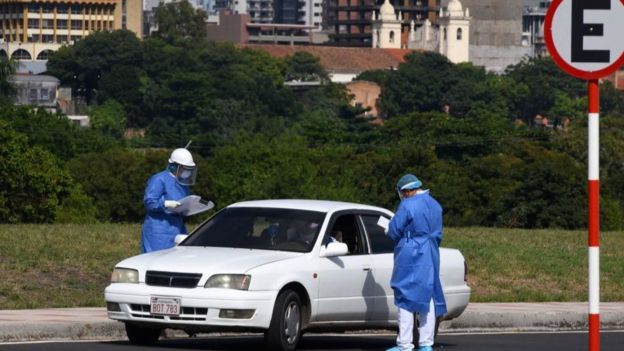
GETTY IMAGES - Paraguayan authorities quarantine people who cross their borders with Brazil.
Looking at the context of the region, Paraguay remains at a rate of 2 deaths per million inhabitants, the lowest in South America. That is, far from the 210 per million in Brazil, the 36 in Colombia, the 20 in Argentina and even the 6 deaths per million inhabitants of Uruguay.
But how did he get it?
1. An immediate response
"One of the main reasons is that the Paraguayan government acted very quickly," explains Carin Zissis, director of the analytical site Americas Society / Council of the Americas (AS / COA), which this week published a report. detailed called "Where is the coronavirus in Latin America?".
In early February, when no case of Covid-19 had yet been registered, the government of Mario Abdo Benítez suspended visas for all citizens of the People's Republic of China, as well as any foreigner who had traveled to mainland China.
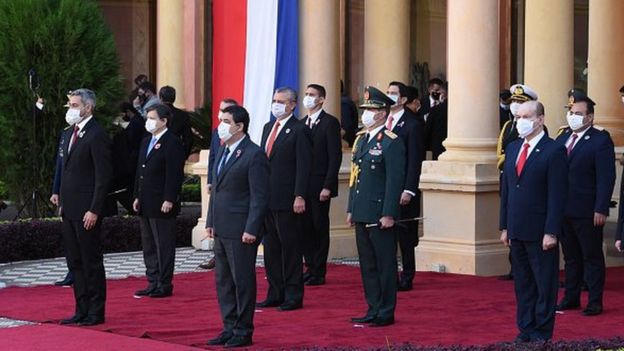
GETTY - The government led by Mario Abdo decreed a total quarantine throughout the country on March 20.
Then, on March 10, three days after the first two cases of contagion in the country were confirmed - those of two citizens from Ecuador and Argentina - Abdo, supported by the Minister of Health Juan Mazzoleni, decreed Preventive Isolation General at the national level.
This first measure included the suspension of school classes at all levels, as well as the restriction of all public and private events and the declaration of the night curfew.
This was one day before the WHO declared the coronavirus outbreak a "pandemic."
"Our argument was that these cases came from countries where the circulation of the virus at that time was not community-based," recalls Juan Carlos Portillo, director general of Health Services of the Paraguayan Ministry of Public Health and Social Welfare.
"The question we asked ourselves was: 'Can we rule out that within our country we do not have community circulation of the virus?' And the answer was no. "
"Furthermore, we were aware that our health system is weak," continues Portillo, "and that both structures and health personnel have been under pressure for weeks from the worst dengue epidemic in Paraguay."
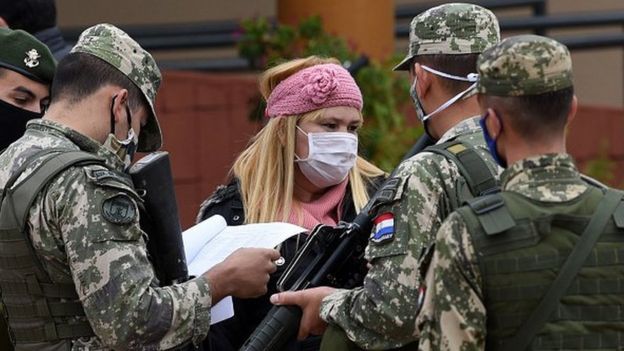
GETTY - Analysts highlight that part of the credit goes to the citizens, who accepted the harsh measures of confinement.
After a few days, the Guaraní authorities declared total quarantine, one of the strictest in the region.
Paraguayans had to stay locked up in their homes and could only go out to buy food and medicine, in an emergency or if they were essential workers.
2. Geographical isolation
Paraguayan writer Augusto Roa Bastos described his country as an "island surrounded by land" in the heart of the continent.
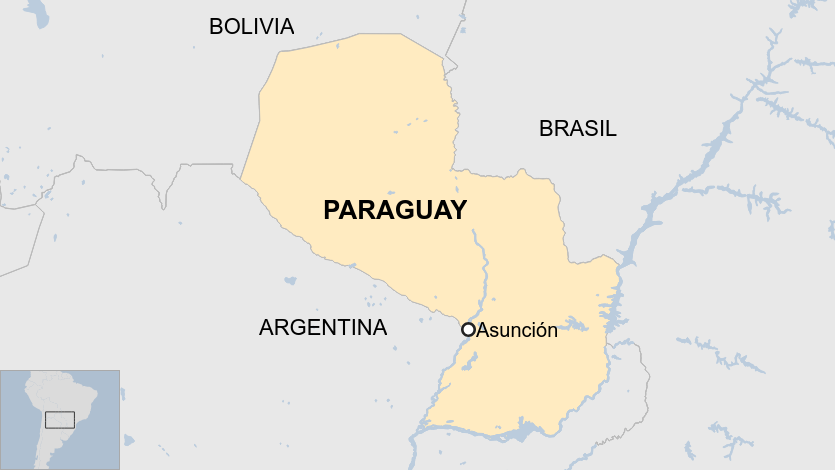
And the success of Paraguay's strategy could not be understood without taking into account its geographical isolation.
Paraguay not only has no outlet to the sea, but large areas of its territory are covered by the jungle or the savanna.
In addition, its capital, Asunción, has reduced air traffic compared to other major cities in South America, such as Buenos Aires or Sao Paulo.
And there is another element to consider: the density of its population.
The most densely populated countries and cities have been found to be the most affected by this epidemic.
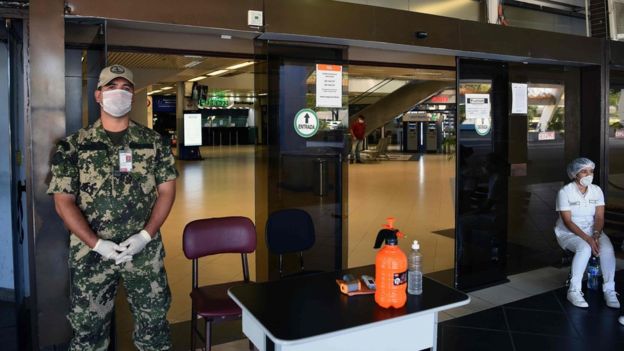
AFP - Paraguay declared quarantine throughout the country on March 10.
In Paraguay, on the other hand, some 7 million people live in a territory three times larger than that of Uruguay - another country, by the way, which managed to contain the pandemic with a successful strategy.
Therefore, the population density in Paraguay is very low, only 17 people per square kilometer, which has benefited him.
However, Zissis continues, "a reduced size is not a sufficient condition to contain the virus and the case of Panama - where until June 17 there were 22,597 cases and 470 deaths, according to data from the John Hopkins Center - demonstrates this."
Another demographic fact that explains the low mortality in Paraguay is that 8 out of 10 infected, according to the Ministry of Public Health, was under the age of 39, that is, an age bracket that statistically has less risk of complications and deaths.
3. Closed borders
The Paraguayan government closed its land borders with Argentina, Bolivia and Brazil on March 24 and today does not contemplate its reopening.

AFP - Mario Abdo Benítez, the president of Paraguay and a supporter of Bolsonaro, closed his borders with Brazil by registering the first cases of covid-19 in March.
The Paraguayan president even claimed that Brazil was "the main threat" in the fight against the pandemic, due to the high number of infections and deaths.
Paraguayan soldiers were sent to the border region to prevent the entry of cars and buses of Brazilian merchants and residents.
Barbed wire fences were also erected in the border city of Pedro Juan Caballero.
"As long as there is evidence that the situation in Brazil is not improving, there is no reason to open the borders," says Portillo, who summarizes the current relationship between the two countries with a phrase: "If Brazil sneezes, Paraguay will have pneumonia."
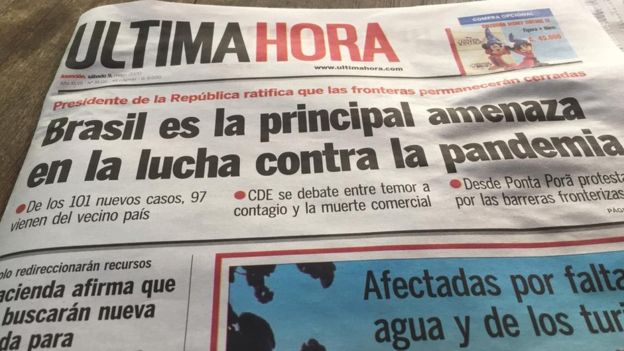
REPRODUCTION - Brazil has become the main concern of its neighboring countries.
Concern about a regrowth
Although Paraguay is returning to normal and the authorities do not hide their satisfaction with the success of their strategy, they consider that the danger has not yet passed.
"Complacency, the feeling of triumph, can be our worst enemy," explains Escoto.
"The fact that our population has not been infected in a massive way," adds Portillo, "means that it continues to be unprotected, having not developed the antibodies."

GETTY - 20% of the Paraguayan population lives in extreme poverty and was affected by the drastic measures of confinement.
"This forces us," concludes Portillo, "to maintain an alert posture."
The other focus of attention is the economic consequences that prolonged quarantine may have on the population, particularly that which is employed in the informal sector.
A report published by the World Bank predicted a drop in Paraguay's GDP of 2.8%, lower than that of other countries in the region, but equally relevant in a country where one in 5 citizens, according to the Economic Commission for America and the Caribbean (ECLAC), it lives in extreme poverty.







